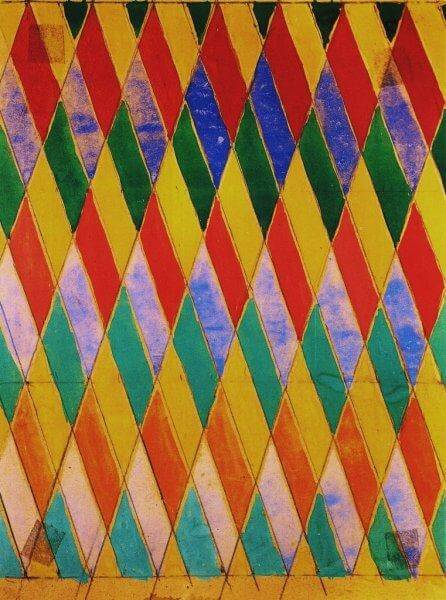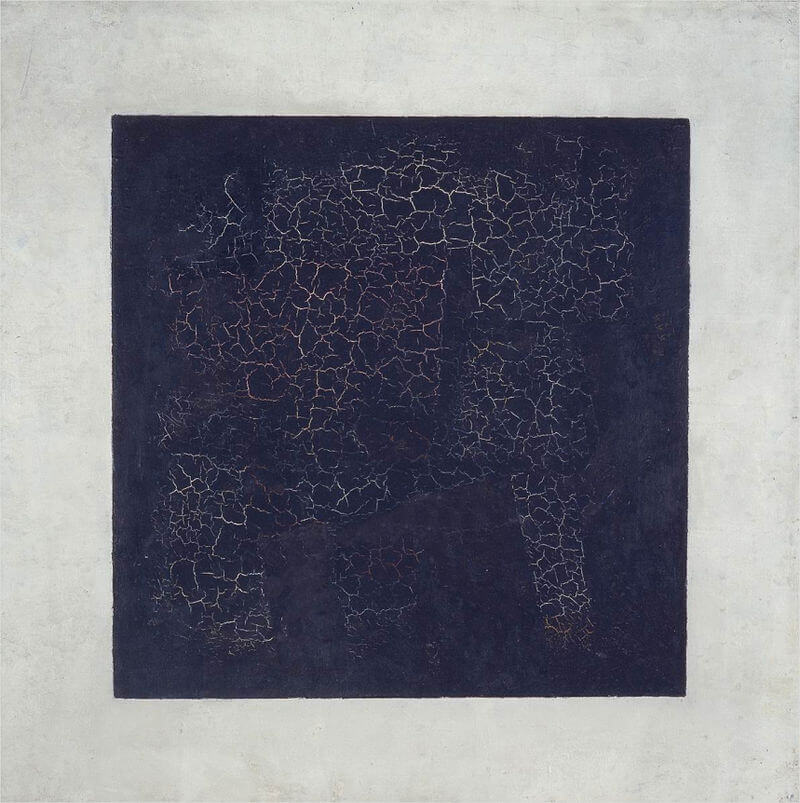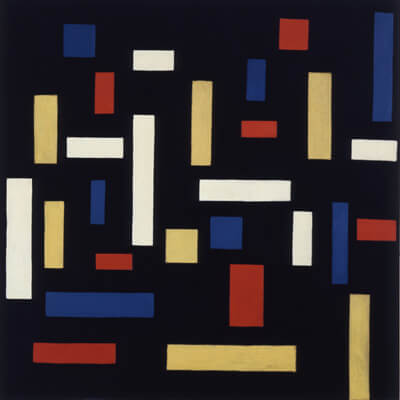Activity 1: Narrate the Artwork
- After studying the artwork, narrate the scene shown aloud using your own words.
Activity 2: Map the Artwork
- Find Piet Mondrian's home country, the Netherlands.
- Recite aloud the other countries bordering the Netherlands.
Activity 3: Classify the Artwork
- This artwork belongs to the abstract art movement.
- Find the abstract art movement on the timeline.
- During which approximate years did the abstract art movement flourish?
- Which art movement followed the abstract art movement?
Activity 4: Recreate/Color the Artwork

- Click the crayon above and complete page 31 of 'Fifth Grade Art History Coloring Book.'





